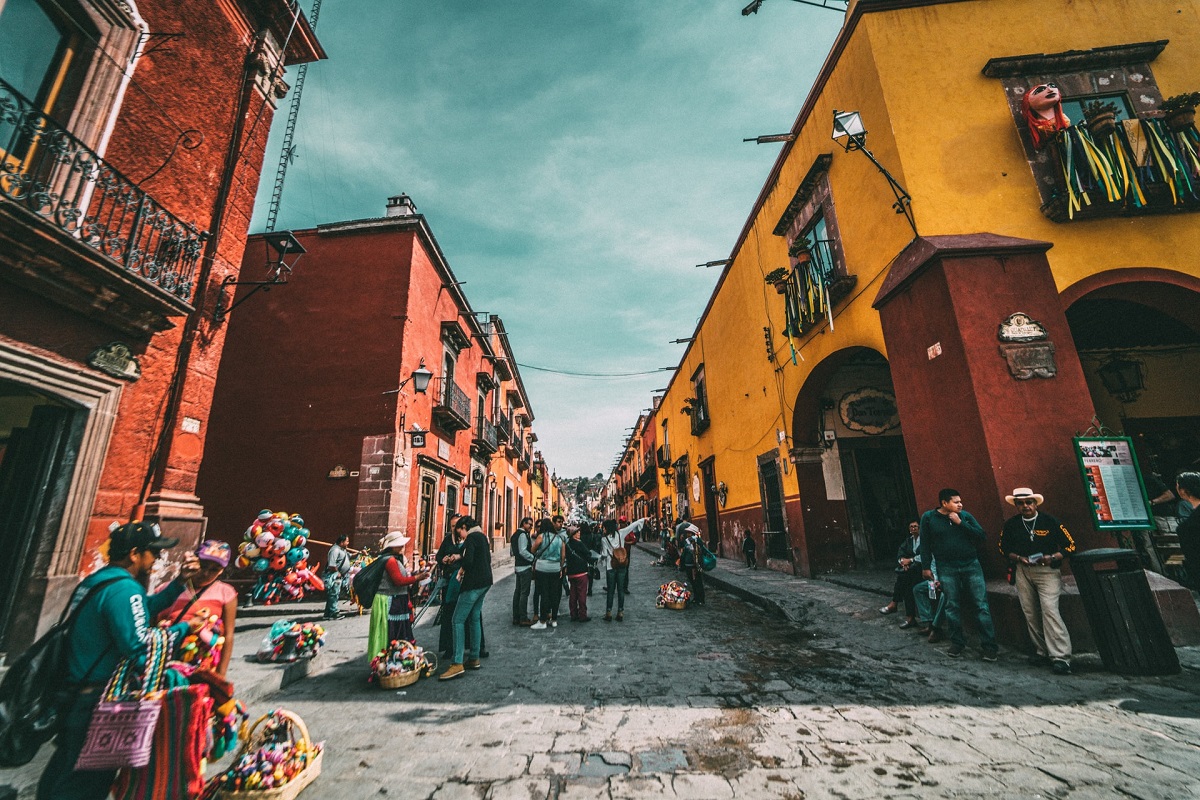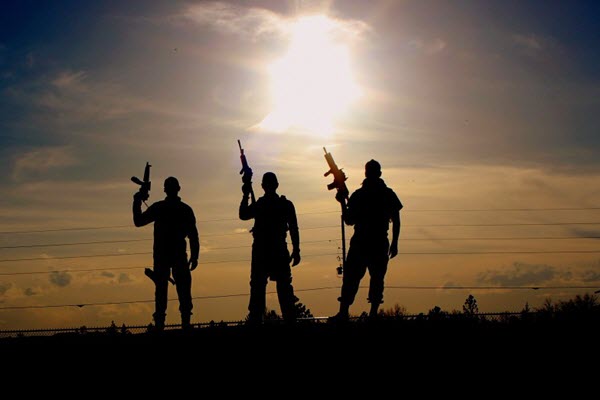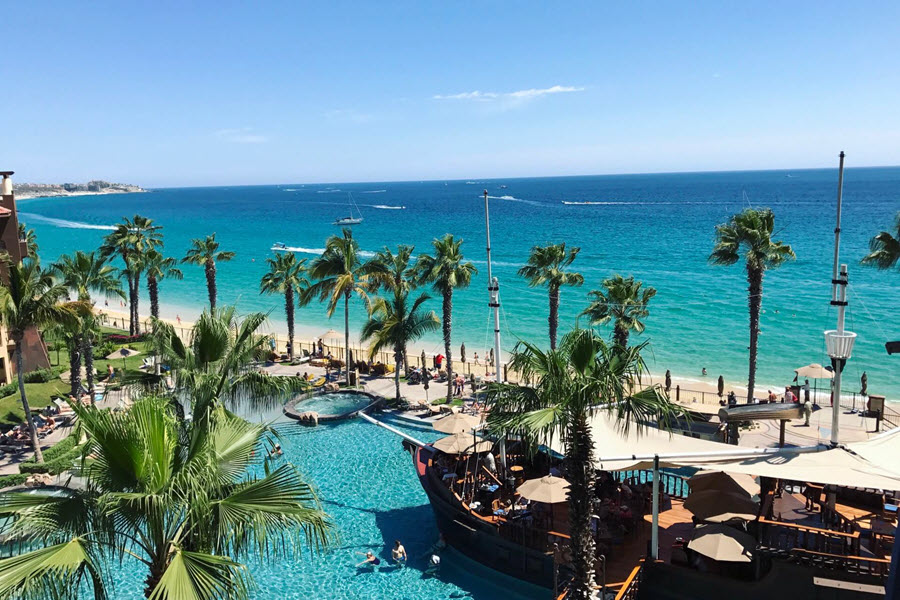When high-ranking government officials, foreign dignitaries, or VIPs visit any region—especially high-risk or politically sensitive areas—they often require a private security motorcade. At the heart of this operation lies the motorcade security driver, a specialist trained in tactical and defensive driving techniques to safeguard lives while in transit.
Motorcades are more than a line of tinted vehicles—they’re synchronized, high-security convoys engineered for evasive maneuvers, intelligence coordination, and rapid threat response. Below is a complete breakdown of motorcade structures, the role of each driver, and the critical tactics involved in modern executive transport security.
What Is a Motorcade?
A motorcade is a coordinated procession of vehicles designed to securely transport a high-profile individual (HPI) or dignitary. These vehicles operate as a mobile protective zone, using tactics to avoid threats and respond quickly to hostile actions.
Key Motorcade Characteristics:
- Fast-moving, non-stop vehicle formations
- Varying fleet sizes (4–8 vehicles for non-military VIP convoys; 40–50 for presidential motorcades)
- Uniform vehicle performance and ballistic protection (armored doors, bullet-resistant glass, reinforced undercarriage)
- Engines must remain running until the VIP is fully secured inside the building or venue
Primary Motorcade Vehicles & Driver Responsibilities
Below is an overview of the various types of vehicles used in a motorcade and the respective duties of the security personnel and drivers assigned to them.
| Vehicle | Role |
|---|---|
Point Car | Mission: Scout the route ahead of the motorcade Driver Duties: |
Lead Car | Mission: Scout the route ahead of the motorcade Driver Duties: |
Principal Vehicle | Mission: Transport the protected individual Driver Duties: |
Protection Escort Team (PET) Car | Mission: Protect from rear threats and provide tactical intervention Driver Duties: |
It’s important to note that the private security driver assigned to the principal vehicle needs to have the highest level of defensive driving skills in the event of an incident. They also need to provide the smoothest ride possible for the VIP riding in the car with them.
There is also an armed security escort who travels in the principal vehicle alongside the car’s other occupants. Their role is to provide cover on the Principal (i.e. the protectee), prepare for the use of deadly force if required, and transfer the principal to an alternate vehicle if the one they’re in becomes immobilized.
Support Vehicles & Advanced Driving Roles
In high-risk zones or sensitive operations, additional support vehicles are deployed to expand tactical capabilities without tying directly into the main motorcade’s speed or route.
| Vehicle | Role |
|---|---|
Pilot Car | Mission: Scout unfamiliar territory ahead of the motorcade Driver Duties: |
Rear Car | Mission: Create a sterile rear perimeter Driver Duties: |
Counter Assault Team (CAT) Vehicle | Mission: Respond to direct attacks with armed force Driver Duties: |
Sweep Car | Mission: Shadow the convoy and manage contingency response Driver Duties: |
Who is Qualified to be a Motorcade or Security Driver?
Qualified motorcade security drivers are not ordinary chauffeurs. They undergo extensive training in:
- Protective driving operations
- High-speed maneuvering under duress
- Evasive driving and escape routing
- Convoy coordination and radio discipline
- Urban and rural threat avoidance
The security driver also gives every VIP / Principal a pre-movement briefing on emergency actions, evacuation drills, and response protocols in the event of an incident.

When to Hire a Security Driver
Very few people need an entire security motorcade; however, a motorcade is necessary if you are a high-value target. Heads of State, certain public figures, and certain high-profile executives absolutely require a full motorcade.
Most other high-profile individuals do not need something this heavy-handed, but instead require a lighter, more agile transport solution that still offers effective protection.
If you or your client:
- Are a corporate executive, high net worth individual or public figure
- Are traveling to or from a high-risk region
- Require secure executive transportation in an urban or unfamiliar setting
- Need discreet armed or unarmed protection with route planning expertise
…then hiring an experienced motorcade team with tactically trained drivers is essential.
Contact Us for Secure Executive Transport
Our security drivers bring tactical experience, route intelligence, and executive protection training to every mission.
Whether you need VIP transport in Mexico, South America, Africa, or anywhere in the world, our protection services are tailored to keep you safe and mobile.
Contact us for a customized executive security driver solution that fits your risk profile and destination.




